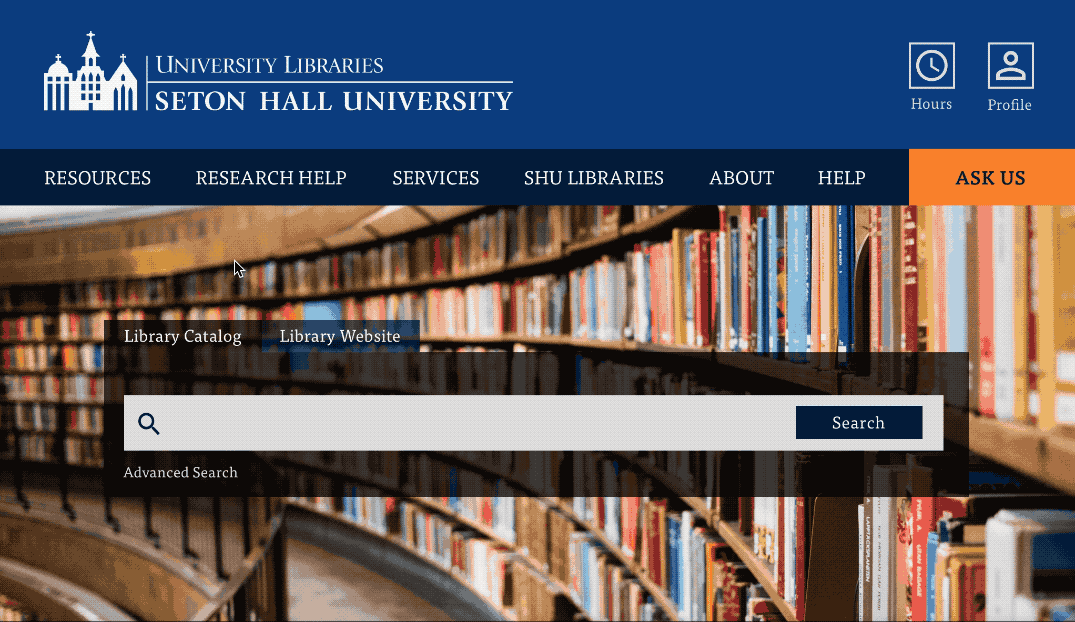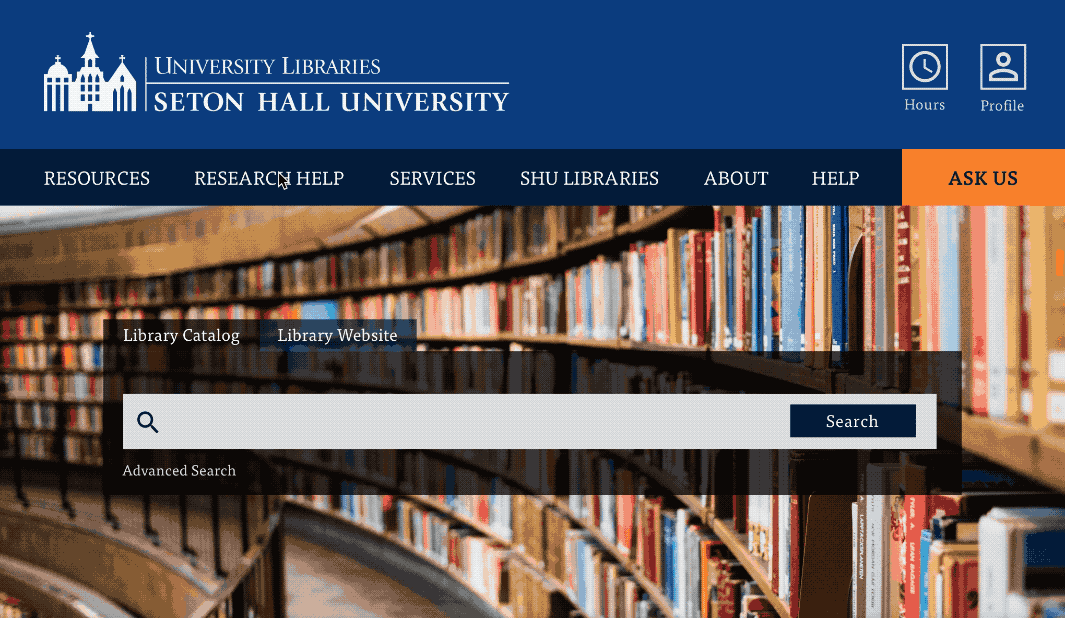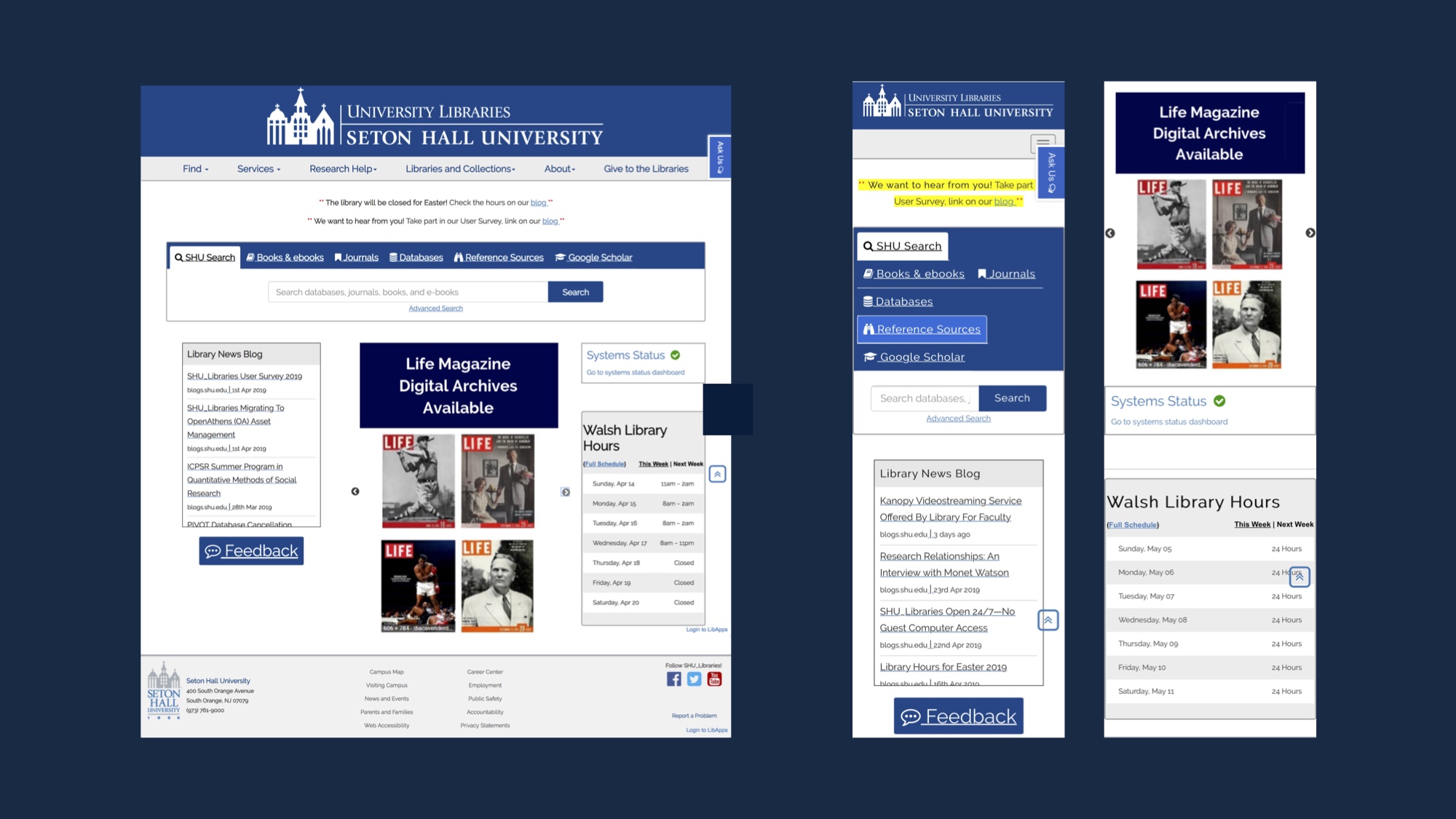
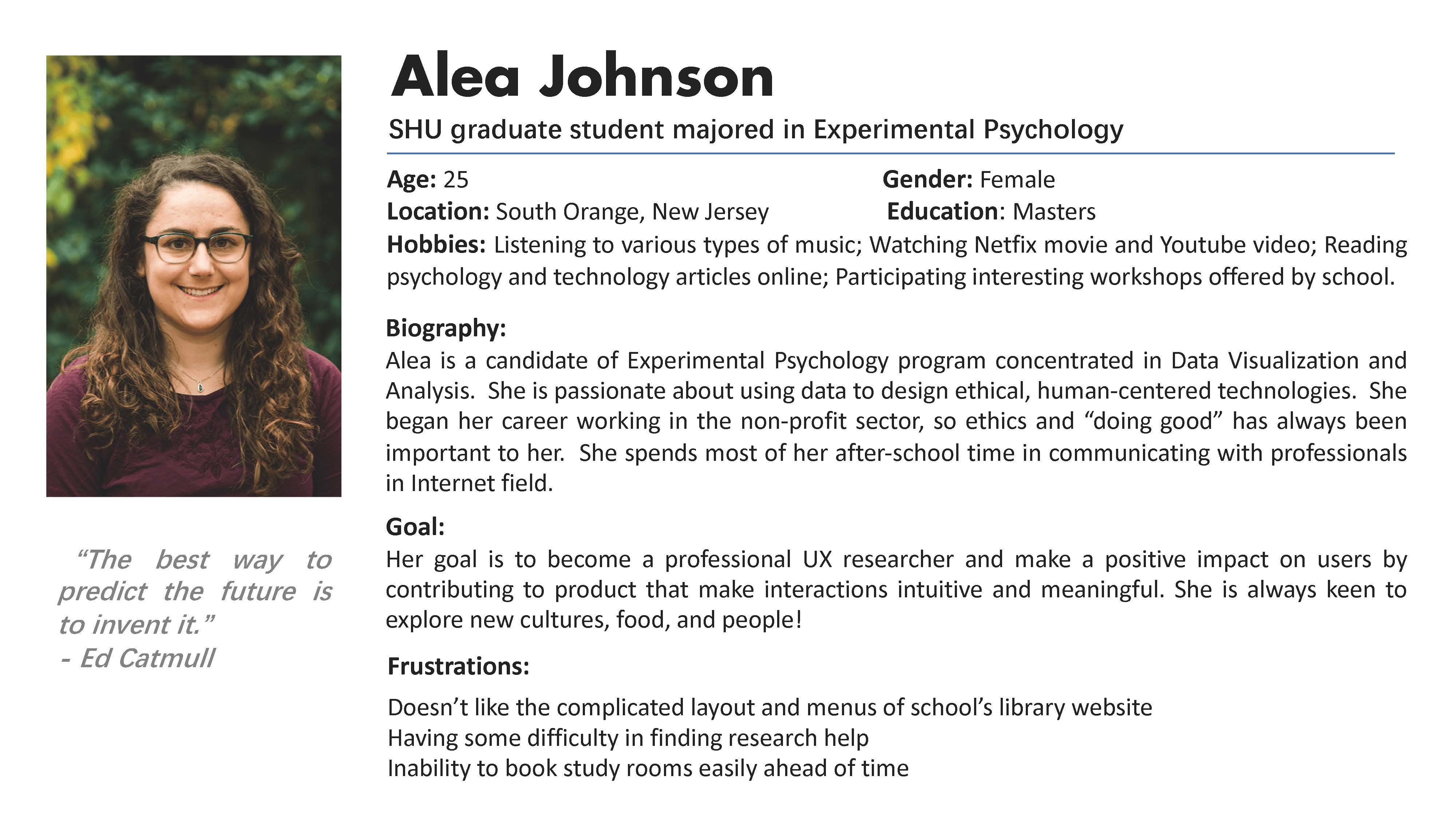
Exemplar Sites: library.nyu.edu / library.cornell.edu
Task 1a: Using the NYU library website, find 3-5 resources, at least 2 physical and 1 digital, about Information Architecture.
Task 1b: Figure out when and where you can pick up your book(s).
Task 2a: Using the Cornell library website, find 3-5 resources, at least 2 physical and 1 digital, about Information Architecture. Copy the links to the document.
Task 2b: Figure out when and where you can pick up your book(s).Questions for after the observation: Which site do you prefer? Why? What was frustrating or difficult?
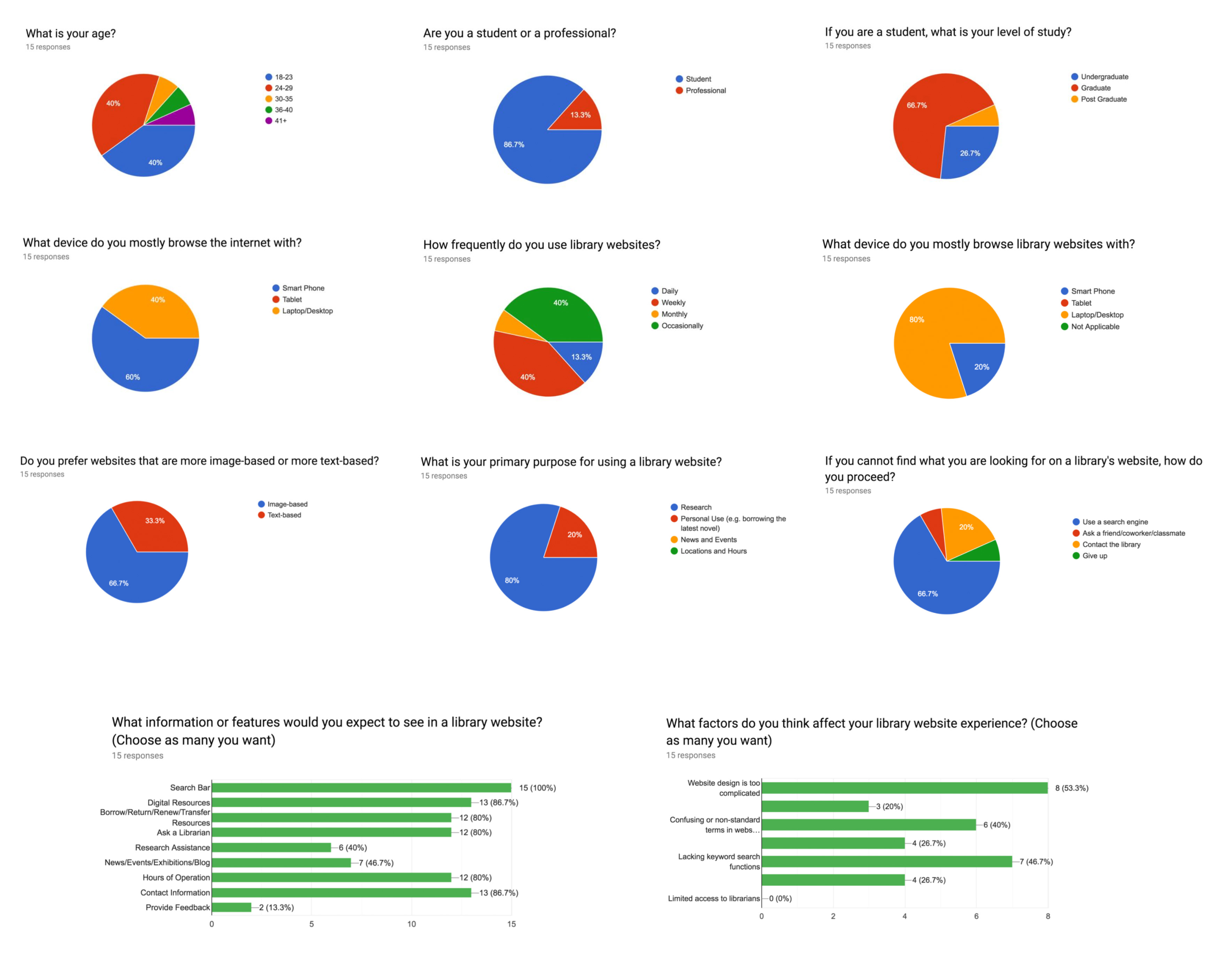
The process started with studying and analyzing the website’s existing site map in order to create and rename content labels for the card sort.
A total of 50 cards were used for the study, most cards used original labels while a few unclear or non-intuitive ones were renamed. After pilot testing the card sort and refining it, the test was completed by a group of 8 participants.
Most of them grouped the cards into an average of 7.8 groups. With the Similarity Matrix tool from OptimalSort, we were able to pair the most related labels (with over 62% score) and divide the existing ‘Services’ category into 3 sub-categories and the ‘About’ category into 2 sub-categories for easier navigation.
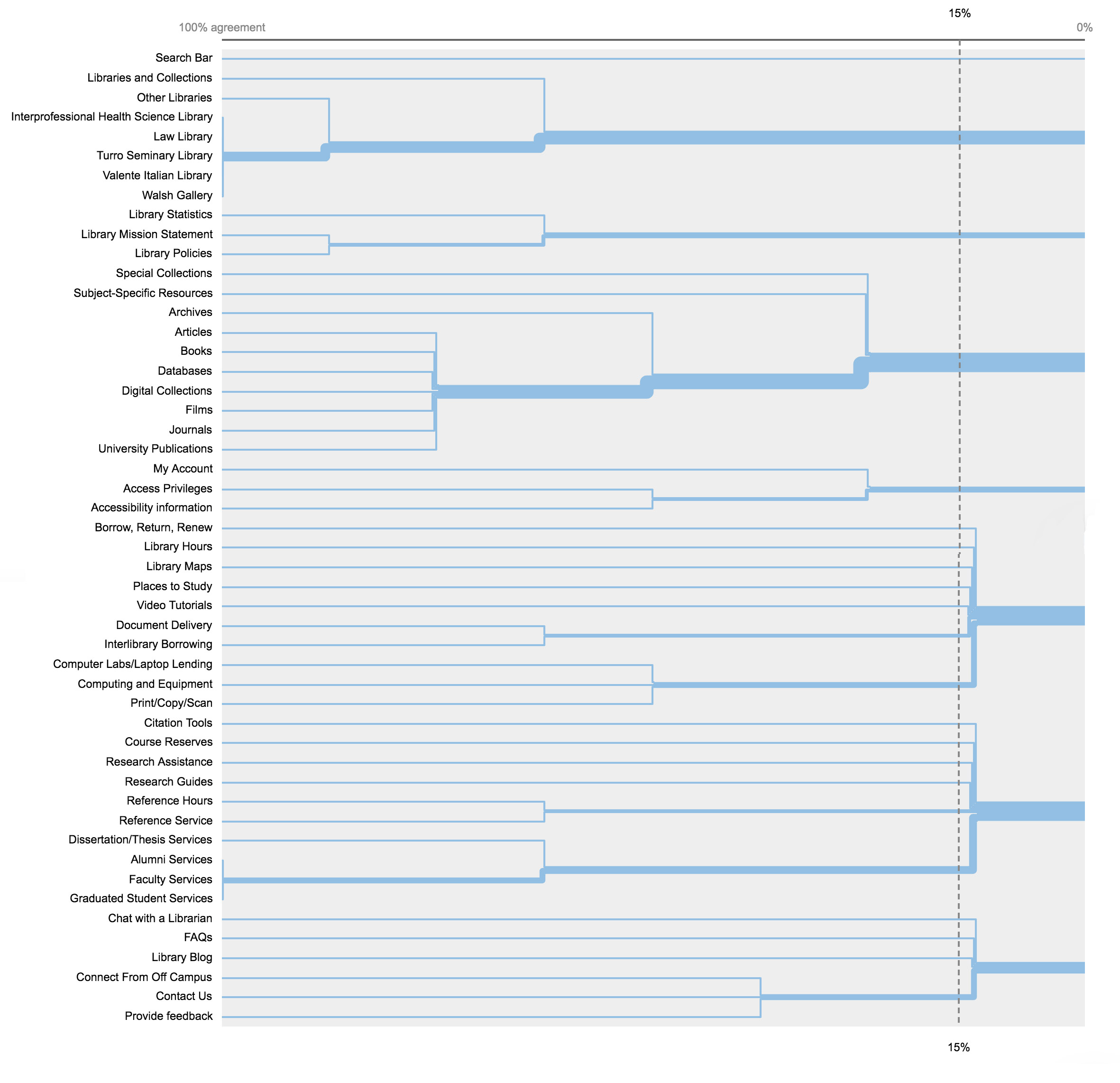
The tree test had 5 main categories with up to 3 levels of information. 10 people participated in the test with 6 potential library scenarios.
We achieved a 67% success rate and a 55% directness rate. Only 2 participants were able to successfully complete one of the tasks due to an error on our part creating the task.
Although the overall IA is working well, we revised the language, list order, and groups based on the results.
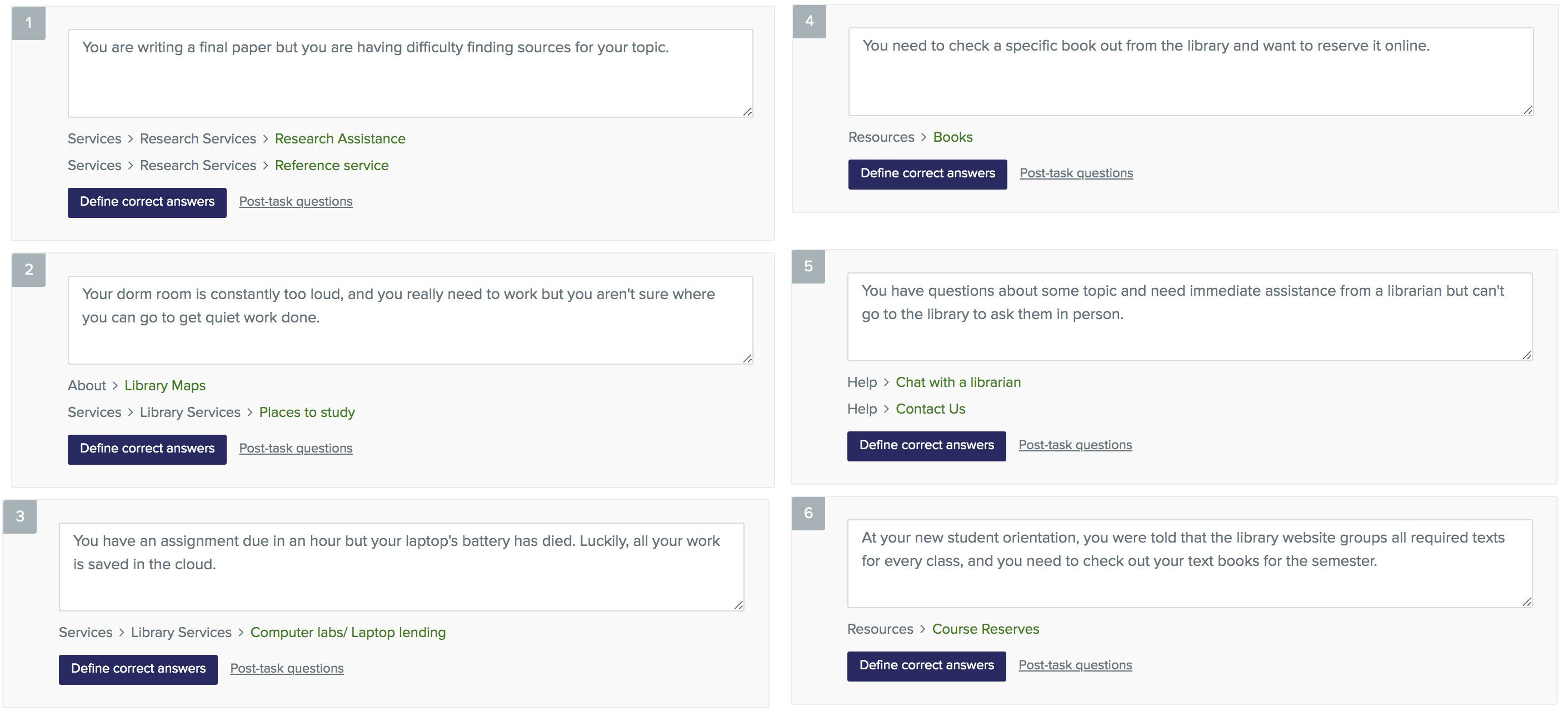
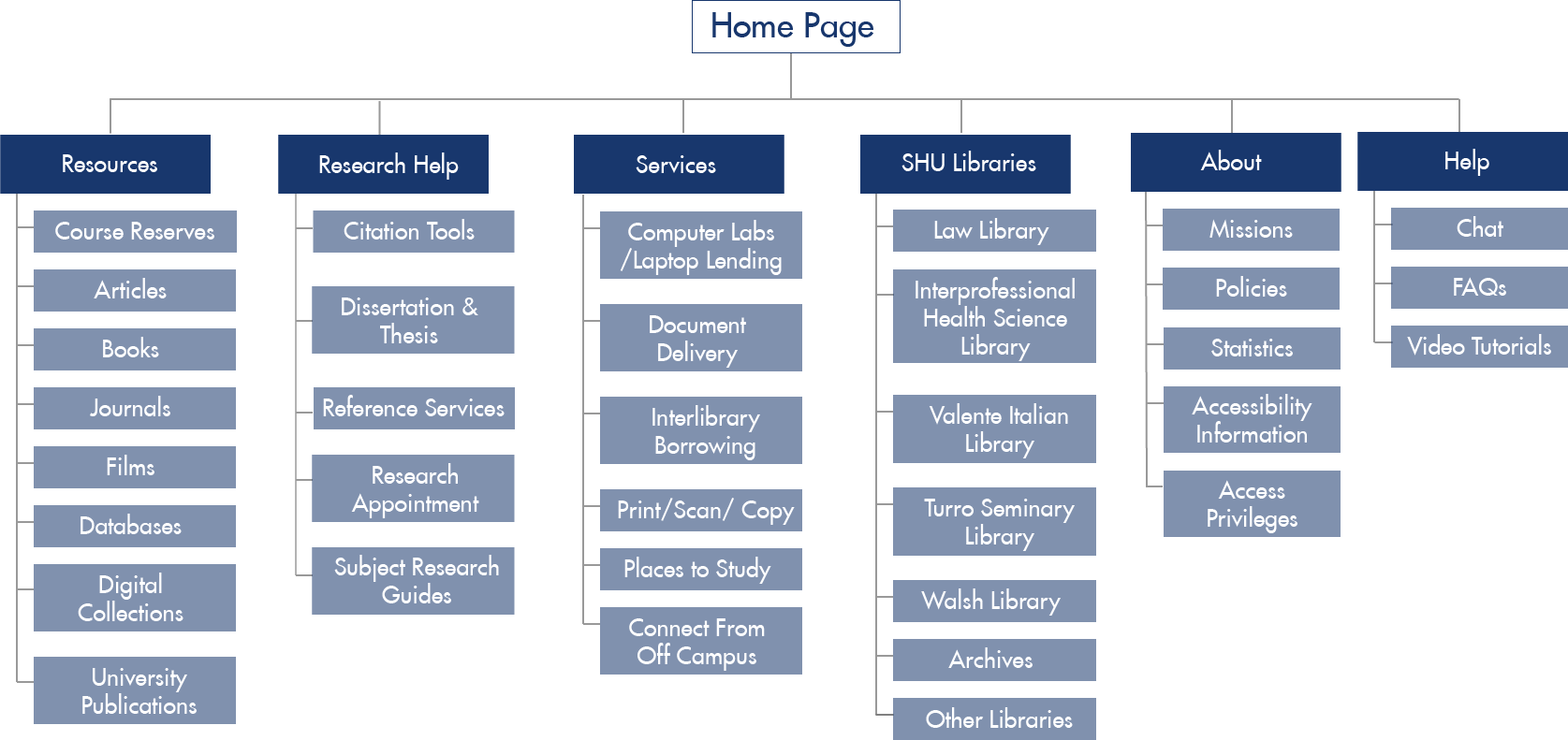


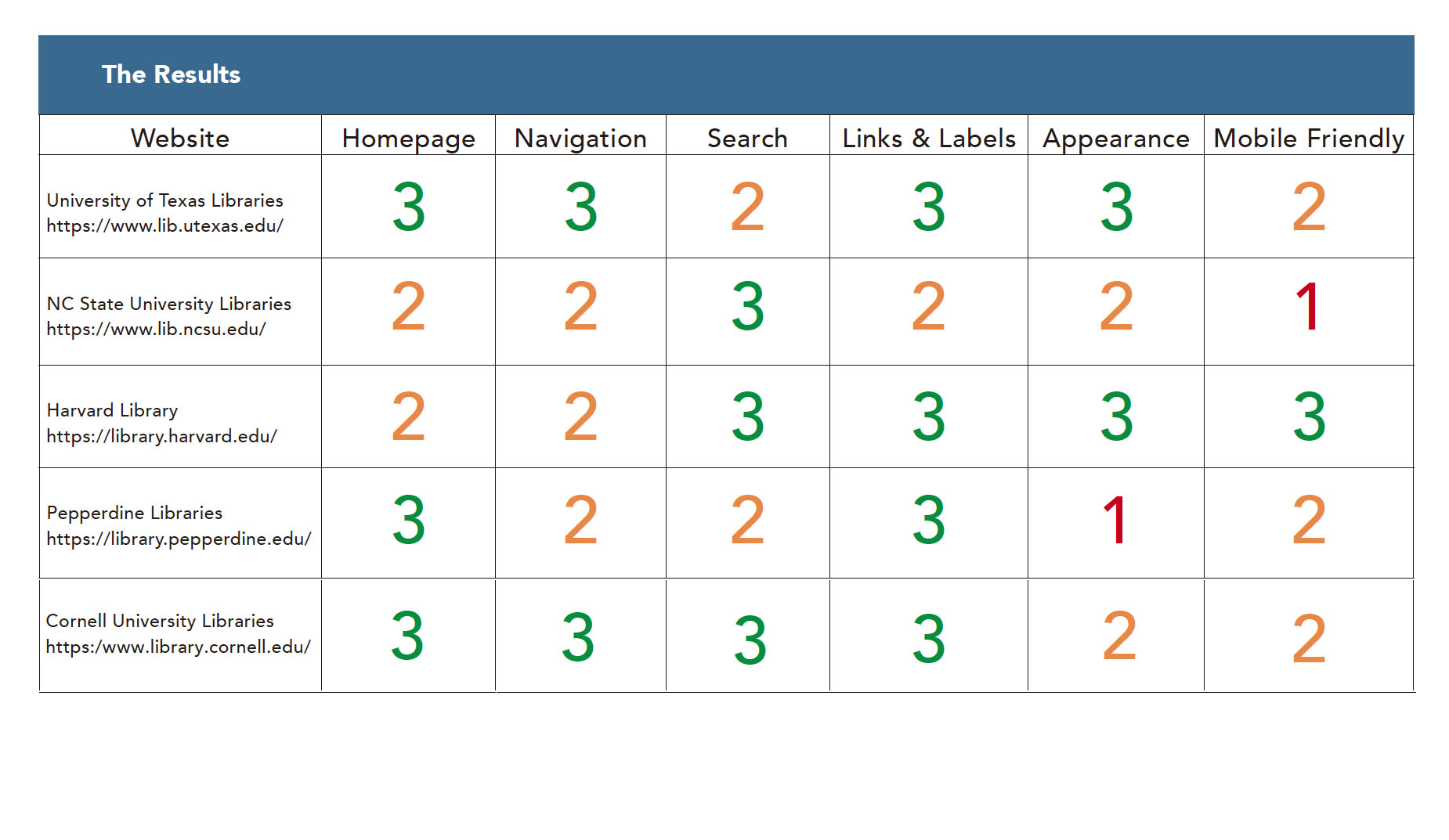
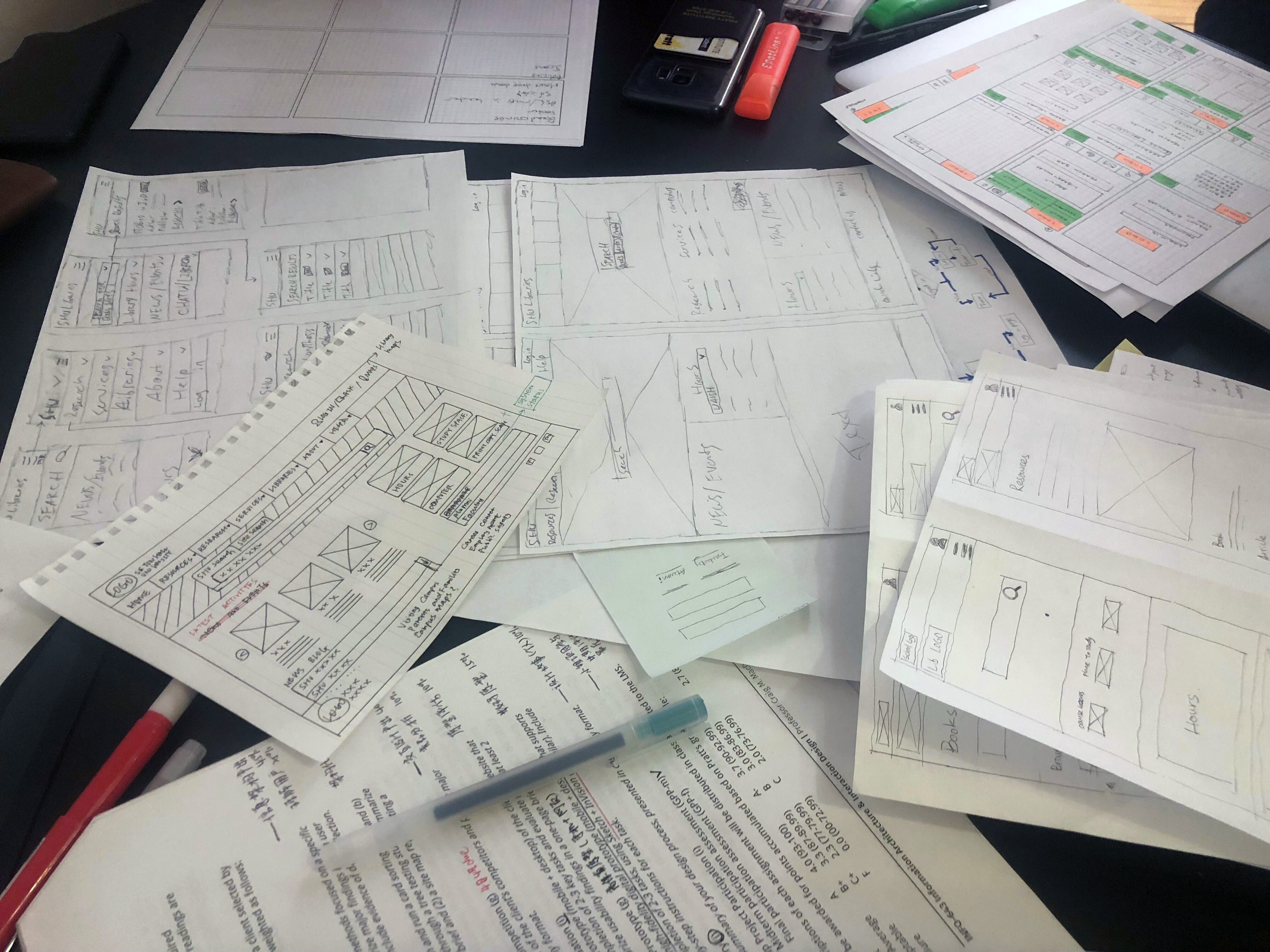
We started this process by creating task flows representing ideal user paths and built two low fidelity prototypes, one for desktop and one for mobile. Our prototypes are digital and are built using Balsamiq. Following that we conducted user tests on two users each.


